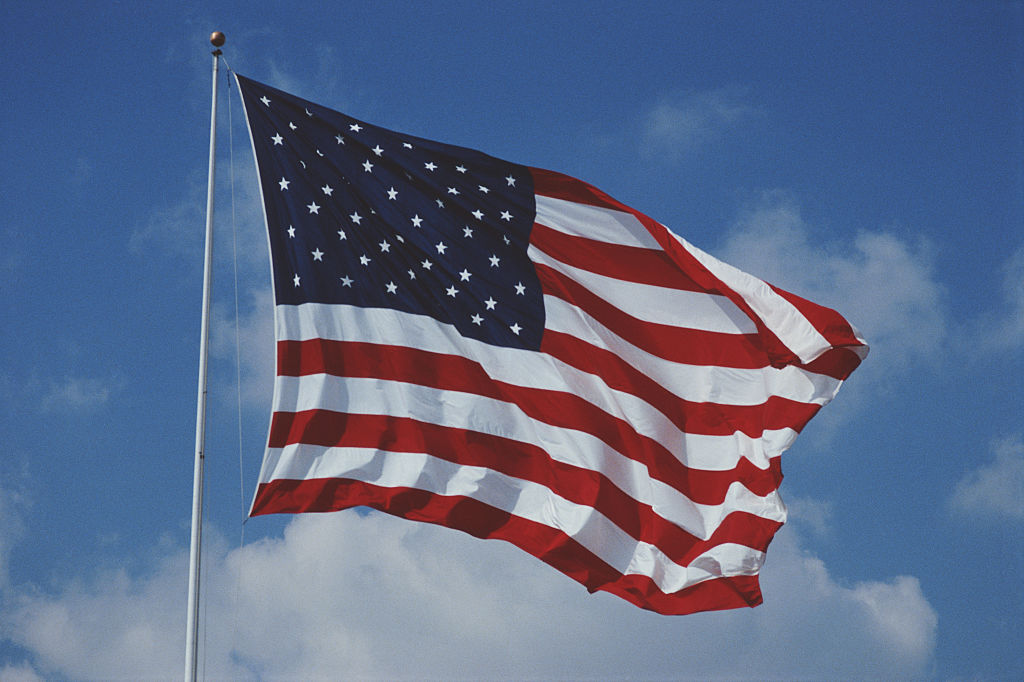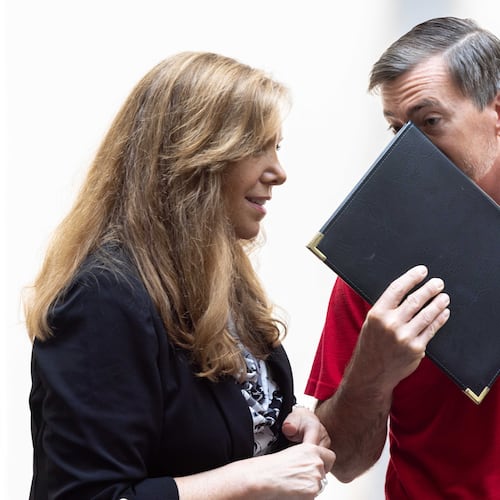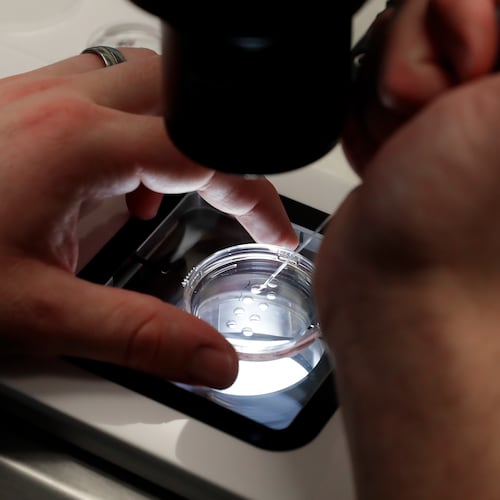What was Georgia like on July 4, 1776? And more to the point, how many Georgians really became “free” when the Declaration of Independence was adopted that day by the Second Continental Congress hundreds of miles away in Philadelphia?
When we celebrate on July 4th, we mostly think of it as the day Americans declared their independence from Great Britain.
The reality, of course, is that Independence Day was as controversial among Georgians then as voting laws are today. And that day in July was only the beginning of the fight for freedom for all Americans that is going on to this day.
To find out more about Georgia in 1776, I reached out to Stan Deaton, the senior historian at the Georgia Historical Society in Savannah and a specialist in Revolutionary-era Georgia history.
Deaton described Georgia at that time as the newest of the 13 original British colonies and the least populated. Compared to long-settled areas in Virginia and Massachusetts, Deaton explained that Georgia was essentially a raw, coastal frontier.
The governor at the time was James Wright, who had been installed in the job by the British and who remained loyal to England, even after July 4th.
Wright was not interested in independence from Britain, nor were many other Georgians. Politically, it turns out, Georgians were bitterly divided.
“On July 4, 1776, you would have had people in Georgia who very much supported what was happening, and other people who were furious about it,” Deaton said. “They felt like this was all going in the wrong direction, that the revolutionaries were going to take us down the road of ruin and destruction.”
Far from being a moment of collective liberation, Deaton said it was a moment of deep anxiety. While three Georgians signed the Declaration of Independence, many Georgians wanted to remain a part of England and viewed the ones pushing for change as leading the colonies down a road of anarchy and rebellion against legal authority.
“They looked upon the Revolutionaries in the same way, I think, that both parties look at the other party now — ‘Not only are these people wrong, but they’re dangerous,’” he said. “It was a moment when people thought, ‘What are we doing?’’”
Of course, the fight over independence in the 1770′s was a conversation almost exclusively among white Georgians.
Of the 50,000 people who lived in the colony at the time, about 15,000 were enslaved Black people. The New Georgia Encyclopedia details the chaotic effect the Revolutionary War had on the enslaved population, many of whom were captured by invading British forces and later retaken “as legitimate plunder,” by Revolutionary troops.
During the British occupation in the late 1770s, some enslaved Georgians were used as currency, while others were pressed into combat for the British, while still others managed to flee pillaged plantations only to be recaptured later.
Freedom, as we think of it, was nowhere near the reality for the Black population in Georgia on July 4, 1776.
A century later, the fight for freedom for all Americans continued, with Georgians still bitterly divided over who deserved it and who did not.
By July 4th, 1886, the Confederacy had lost the Civil War and the Reconstruction Era was underway.
“It was an attempt to bring African Americans out of slavery, to make them full citizens,” Deaton said. “But white conservatives in Georgia and all the other Southern states completely pushed back against it.”
The disputed presidential election of 1876 featured a fight over ballots in South Carolina, Florida and Louisiana. After people from both parties tried to influence the vote counters in the contested states (is any of this sounding familiar?), the winner of the popular vote, Democrat Samuel Tilden, eventually lost to the Republican, Rutherford B. Hayes, by a single electoral vote.
The following years in Georgia saw the end of Reconstruction and the rise of white Democrats, who took power in the South and began to institute Jim Crow laws to disenfranchise the Black population in the state.
“They were going to make sure that African Americans are denied all participation in American political society, certainly the social aspects of society,” Deaton said, adding that many white Georgians also lived in poverty, with limited access to education and health care.
“Even 100 years after independence, Georgia is ‘free,’ but opportunities are still very limited for everybody.”
Over the intervening years, the United States fought two world wars for freedom across the globe.
And Black Georgians — Martin Luther King, Jr., John Lewis, Andrew Young and many others eventually —led the fight to end Jim Crow and secure real freedoms for Black Americans at home.
Eventually, Maynard Jackson became the first Black mayor of Atlanta. Savannah, where Georgia’s enslaved population was centered in 1776, now has a Black mayor as well in Van Johnson.
And six months ago almost to the day, Georgia narrowly elected its first Black senator — Rev. Raphael Warnock, the grandson of sharecroppers, raised in Savannah.
On the night of his election, Warnock said, “Only in America is my story possible.”
When we’re celebrating Independence Day, we’re not really celebrating freedom, as we know it now, for Americans in 1776, because it was realized for so few for so long.
Instead, I think we’re celebrating our commitment to freedom — the messy fight for it, our progress toward it, and the stubborn belief among many of us that someday, we’ll finally realize that more perfect union.
About the Author
Keep Reading
The Latest
Featured





